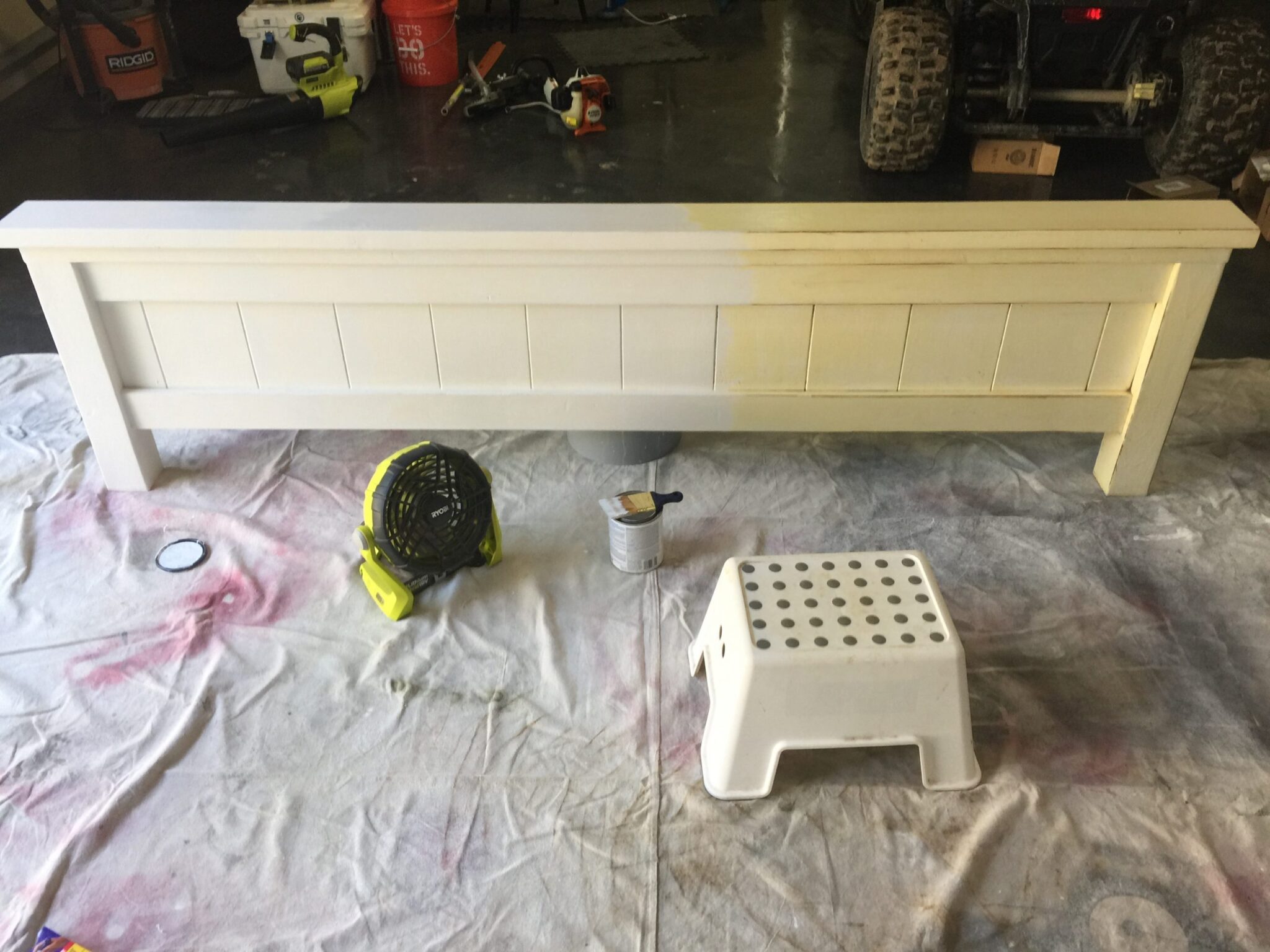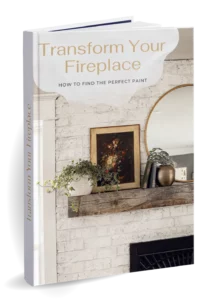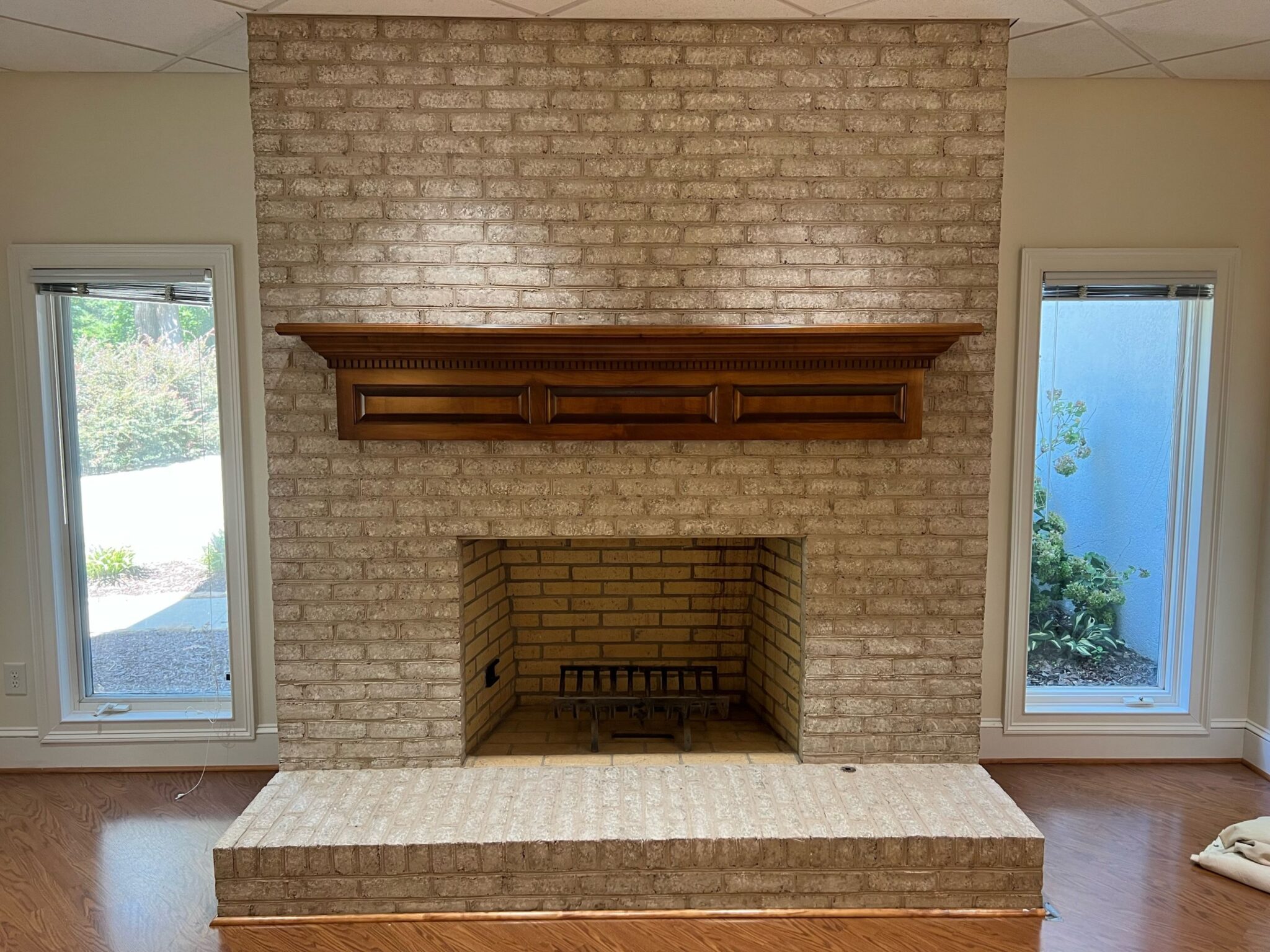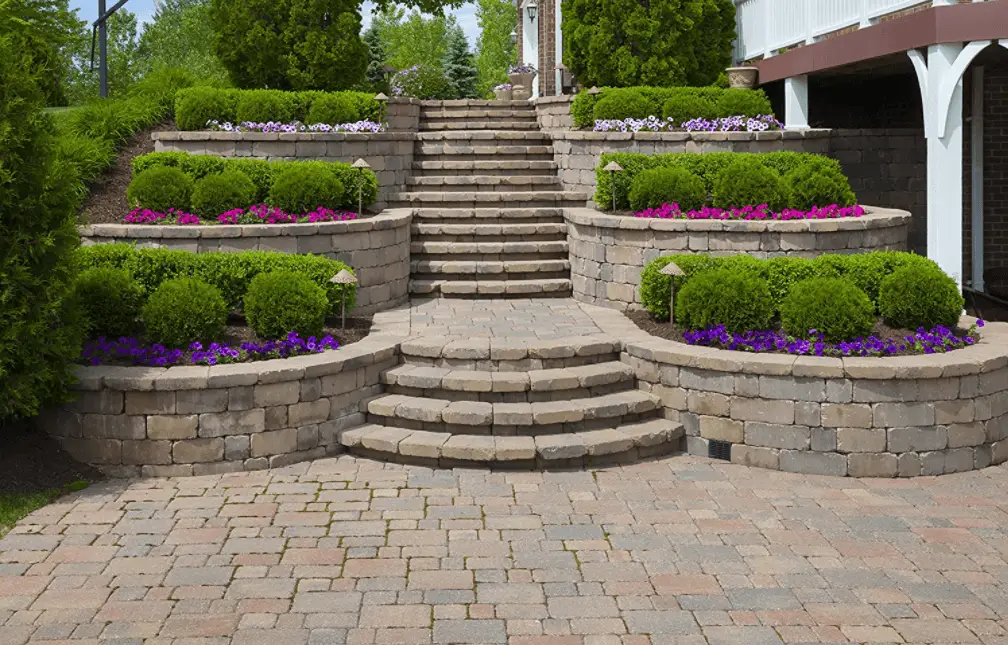Please Note
Page Contents
Oil-based polyurethane is commonly known to yellow. This article is about water-based polyurethanes and polyacrylics.
Recently I was trying to find polyurethane for a project that I wanted to seal and protect. As I searched through pages on Amazon, I noticed a common theme. Most water-based products claim to be non-yellowing, yet most review sections have at least one complaint about that very problem.
This question of yellowing polyurethane is also frequently asked on discussion boards (1, 2, 3, and 4). I figured there must be more to this story so I dug into research on what yellowing is and why it occurs.
The Short Answer: All polyurethane will yellow over time. While modern technology has extended the amount of time it takes to yellow and reduced the extent it can yellow by, ALL polyurethane (including polyacrylics) will yellow.
However, the story is a little more complicated since there are many reasons polyurethane will yellow, certain things that will cause it to yellow more quickly, and techniques to reduce yellowing. Let’s dive into the bigger picture.
Polyurethane over white/light paint
Most complaints about yellowing involve white, off-white, or other light-colored paints. What gives?
There are essentially two factors here. First is the fact that yellowing is not isolated to polyurethane. Lots of products formulated with resins yellow. The resins in paint are slowly yellowing as time passes.
With dark paint colors, this shift is hard (even impossible) to notice. Even with light shades, the color can change so slowly that you don’t notice until you go to touch it up and realize how much lighter what’s in the can is compared to what’s on your wall.
So when you apply polyurethane to a white surface, you’ve doubled the speed at which the yellowing takes place. Now you’re much more likely to notice since the change is happening at twice the speed.
The second factor is simply that yellowing is more obvious on lighter shades than darker ones. If you paint a dresser white, paint the drawer faces black, and seal it all with poly, you will probably never notice yellowing on the black but notice yellowing pretty quickly on the white.
Solution: The best solution to this problem is to use a self-sealing paint that does not require a topcoat. However, if you’ve already purchased a paint that needs sealing, be sure to purchase a high-quality poly. The high-end products will have newer technology that prolongs the effects of yellowing on your piece.
Remember to look for products specifically designed for painted surfaces. Some sealers designed for wood will perform poorly on paint, especially white and off-white paints.
Consider brands like Fusion Mineral Paint and Dixie Belle. These brands manufacture paints and want their topcoats to be perfect for their paint products.
Polyurethane yellowing immediately (within a week of application)
This is another really common problem with polyurethanes and acrylics. If your piece yellows within a week or so of application, this is actually not yellowing. It is a result of leaching.
Porous materials like brick, wood, and paint contain chemicals that can leach into your clear coat and yellow it. This is not due to the clear coat itself; it is due to the makeup of whatever you’ve sealed.
Some of the chemicals that can leach are naturally present in porous surfaces. Other chemicals accumulate there over time. For example, if you thrift a chair that was used in a smoking lounge, it is almost guaranteed that the chemicals from the smoke are now present and will leach into your polyurethane.
Again, this is not the fault of the poly you purchased. Some chemicals will be pulled from porous surfaces no matter what you do.
Solution: ALWAYS test your polyurethane on a small, inconspicuous corner of your project. Let it sit for a week and check for leeching before painting the rest of your project.
If you’ve got a fully sealed piece on your hands that is suffering from leaching, the good news is that the leached chemicals are now sealed in the polyurethane. You should be able to scuff-sand the piece, repaint, and seal without any new leaching.
Polyurethane yellowing over light wood
The same complaints about yellowing apply to raw and stained wood, not just painted pieces. If you’re sealing floors or cabinets, the first priority will likely be strength and durability, and many strong formulations sacrifice some of their non-yellowing properties. With a light-colored wood floor, yellowing will be very obvious.
Solution: Unfortunately, there is no easy solution here. You can get a high-quality polyurethane that will take longer to yellow, but it will eventually start to turn.
Be sure to use a high-quality product like this Varathane Ultimate. Choosing a water-based formulation helps too!
Why does poly yellow at all?
We’ve gone through some common problems and solutions with yellowing polyurethane, which might make you curious about why polyurethane yellows at all. To clarify, in this section, I’m talking about yellowing, not leaching, which was explained in the second section.
While I haven’t been able to find one consensus, most websites are offering two answers to the question of why poly yellows: UV rays and improper application. Apparently, UV rays breaking down the finish is what causes it to yellow. However, improper application of the polyurethane can add to the yellowing or make it happen faster.
From this information, we can take two tips: (1) Polyurethane isn’t the best choice for exterior applications, which will be exposed to more UV rays and yellow faster. (2) To prevent excess yellowing, apply thin coats of polyurethane and lightly sand between coats.
Final Thoughts
I feel like I’ve finally found some answers to my questions about yellowing polyurethane. I’m going to be looking for self-sealing paints that don’t require a topcoat and reaching for the highest-quality polyurethanes when I do need one!
I hope you’ve found this helpful and informative. If you have questions or comments, leave them below!





